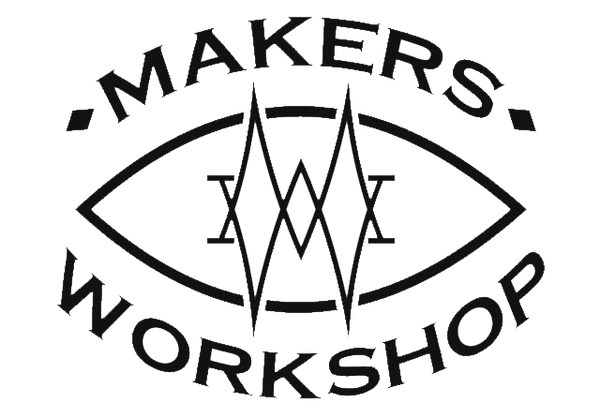Are you looking to take your makerspace projects to the next level? Incorporating electronics into your projects can add a whole new dimension of creativity and innovation. Whether you're a beginner or an experienced maker, here are 10 easy ways to incorporate electronics into your makerspace projects.
1. Start with Basic Circuitry
Understanding the basics of circuitry is essential for any electronics project. Start by learning about components such as resistors, capacitors, and LEDs. Experiment with simple circuits to get a feel for how electricity flows.
2. Explore Arduino
Arduino is a popular open-source electronics platform that allows you to create interactive projects. It's beginner-friendly and offers a wide range of sensors and modules to experiment with. Start with simple Arduino projects and gradually work your way up to more complex ones.
3. Add Sensors
Sensors can bring your projects to life by allowing them to interact with the environment. There are various types of sensors available, such as temperature sensors, motion sensors, and light sensors. Incorporate sensors into your projects to make them more responsive and interactive.
4. Integrate LEDs
LEDs (Light Emitting Diodes) are versatile components that can add visual appeal to your projects. Use LEDs to create lighting effects, indicators, or even animated displays. Experiment with different colors and brightness levels to achieve the desired effect.
5. Try Robotics
Robotics is a fascinating field that combines electronics, mechanics, and programming. Start with simple robot kits or build your own from scratch. Incorporate motors, sensors, and microcontrollers to bring your robots to life.
6. Experiment with Sound
Sound can add another layer of interactivity to your projects. Incorporate buzzers, speakers, or even musical instruments into your makerspace projects. Create sound effects, alarms, or even musical compositions.
7. Explore Wearable Electronics
Wearable electronics are becoming increasingly popular. Incorporate components such as sensors, LEDs, and microcontrollers into clothing, accessories, or even costumes. Create interactive wearables that respond to movement or environmental conditions.
8. Build a Home Automation System
Home automation allows you to control various aspects of your home using electronics. Build a home automation system using microcontrollers, sensors, and relays. Control lights, appliances, or even security systems with the touch of a button.
9. Create Interactive Art
Combine electronics and art to create interactive installations. Use sensors, LEDs, and microcontrollers to create artworks that respond to touch, sound, or movement. Explore the intersection of technology and creativity.
10. Collaborate and Share
Join a makerspace community or collaborate with other makers to share ideas and learn from each other. Attend workshops, hackathons, or maker fairs to showcase your projects and get inspired by others. Collaboration can lead to new ideas and opportunities.
By incorporating electronics into your makerspace projects, you can unleash your creativity and take your projects to new heights. Start with the basics, experiment with different components, and don't be afraid to think outside the box. Happy making!

